Lapierre officially launches the updated Xelius SL3
The French climbers' bike comes to market as a lighter, stiffer, more aero offering for 2022
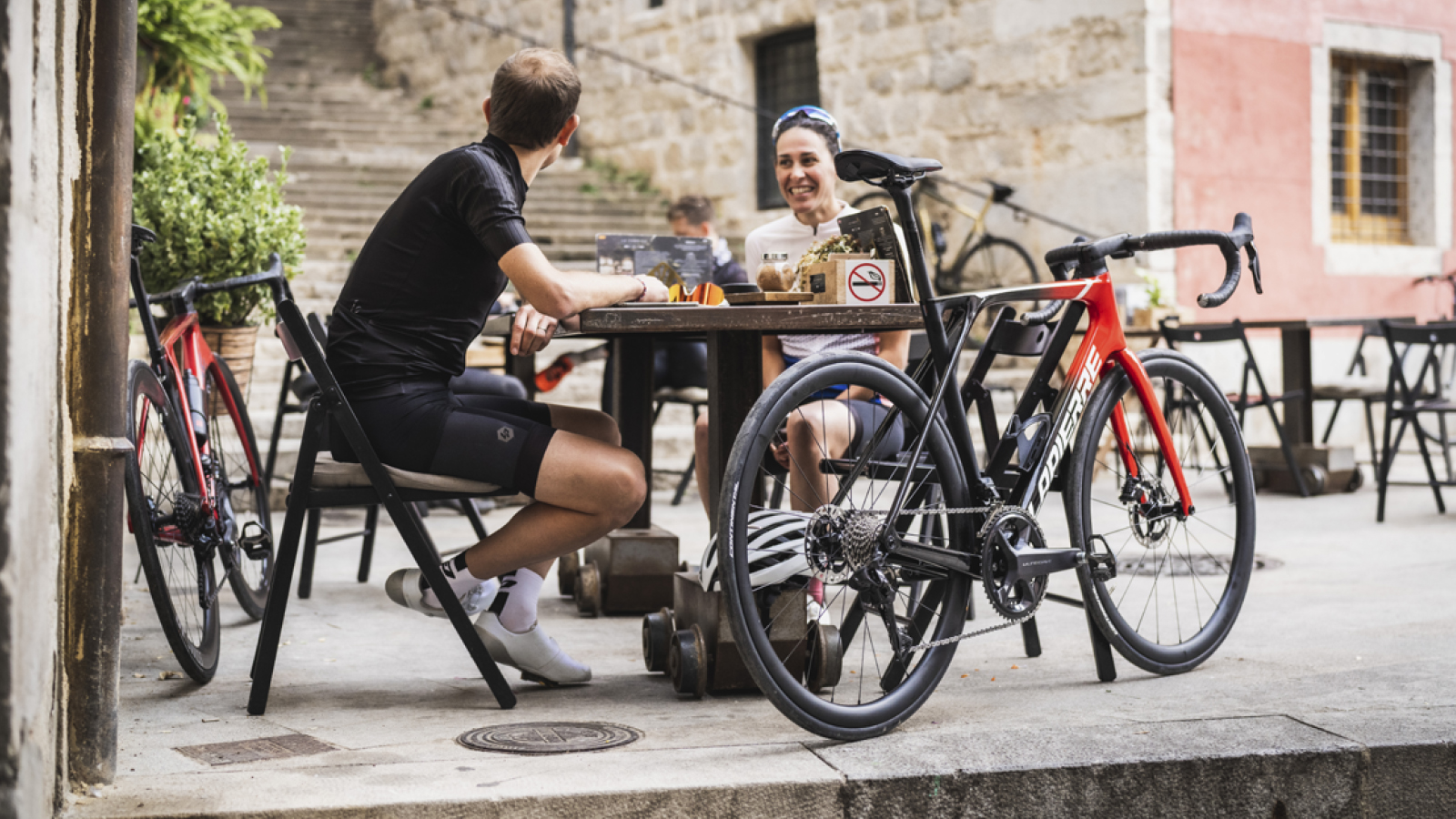
Back in June, during the lead up to the Tour De France, the riders of the Groupama-FDJ team had a new bike available to them. At the time, details on the unreleased Lapierre Xelius SL3 were scarce, but today, Lapierre is ready to share all the details as the new bike becomes available for consumer purchase.
The third iteration of the Xelius is an evolution. Technologies that make the SL2 what it is stick with the design as it rolls into the SL3. Powerbox is the Lapierre name for Di2 battery storage through a trap-door in the bottom bracket shell and it continues to be on board with the SL3. It does see a redesign that makes it smaller and lighter but the concept of keeping the weight down low remains. Also along for the ride is the 3D tubular technology that joins the seat stays under the top tube.
The 3D tubular technology is particularly iconic in aesthetic, but Lapierre is careful to call out that it's there for more than just the look, reaffirming that keeping the rear of the bike connected through the top tube instead of the seat tube is a comfort and performance decision. From a comfort standpoint, the 27.2mm seat tube gains additional flexibility to soak up road chatter, and any that does come through transmits to the top tube instead of the saddle. From a performance standpoint, it takes less carbon to join the seat stays to the top tube, making it lighter in weight too.
The Xelius slots into the Lapierre lineup as the company's answer to a modern climber's bike. It contrasts with the aero specific Aircode or the endurance-focused Pulsium but Lapierre describes it as an all-around race bike instead of a pure climbing bike. With features like clearance for 32mm tyres that’s not an unrealistic claim but make no mistake, this is Lapierre's best lightweight bike.
Reduced weight
A lighter bike isn't magic. There is some space to save weight with better carbon and Lapierre has started there: the Xelius SL3 employs new lighter and stronger Torayca carbon fibres with the IM T800/HM M40J, VHM YS60, T1000 and a new UD Super Light Innovation carbon technology. Changing grades of carbon fibre always comes with tradeoffs though and weight savings also come through improved production.
For the SL3, Lapierre has further optimised frame production. Lapierre says that during the layup phase, a new rigid polypropylene mandrel helps keep each layer more stable in the mould, and the result is better compression of the carbon with less resin retained. There are also now unique layups for different frame sizes. These details add up to an overall reduction in materials and a lighter bike.
As a result of the optimisation, the Xelius SL3 comes in at 725g (+/-15 g) in a raw finish Light version in size M. Weights for the standard frame are 845g in a raw finish or 893g painted. Add to the frame weight the uncut fork, in frame specific sizing, is 352g for the Light or Stiff frame kits and 392g for the Standard.
Get The Leadout Newsletter
The latest race content, interviews, features, reviews and expert buying guides, direct to your inbox!
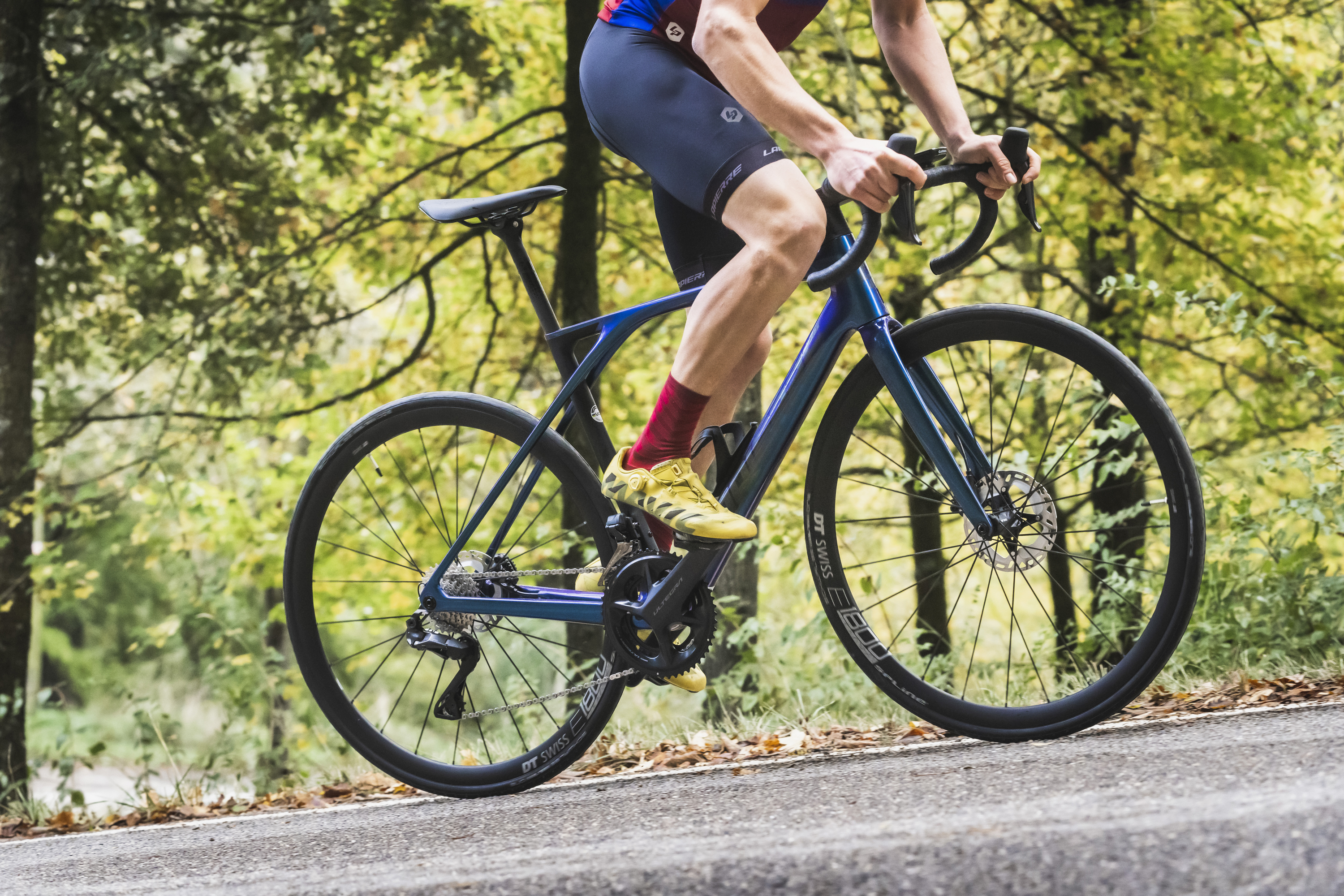
Increased stiffness
Lapierre says they've retained the stiffness from the SL2 but it's not exactly the same feeling. The downtube design is new, not only has it grown in size it now features sharp edges for increased torsional rigidity. At the head tube, you'll find 1.5in bearings and the bottom bracket gains size as well. According to the brand, the changes mean compared to the Xelius SL2 Team, the new Xelius SL3 is stiffer at the head tube but five per cent softer at the bottom bracket.
Better aerodynamics
Modern bikes of all kinds boast ever-increasing aero gains, and Lapierre follows the same trend by focusing on aerodynamics in the Xelius SL3. The design team used CFD and wind tunnel testing to optimize the NACA and KAMMTAIL tubes on the down tube, seat tube, and seat stays. They've also integrated the cabling and hoses at the front end while improving the aero profile of the fork and head tube.
The result is a bike that boasts impressive gains if you can get your speeds high enough. Look for a one per cent difference at 40 km/h up to an 8.5 per cent difference at 60 km/h. There's no mention of lower speeds but it does cover wind angles as high as 20 degrees. Although it looks like the gains will be most noticeable on descents and in crosswinds there's no corresponding weight increase so there's no downside.
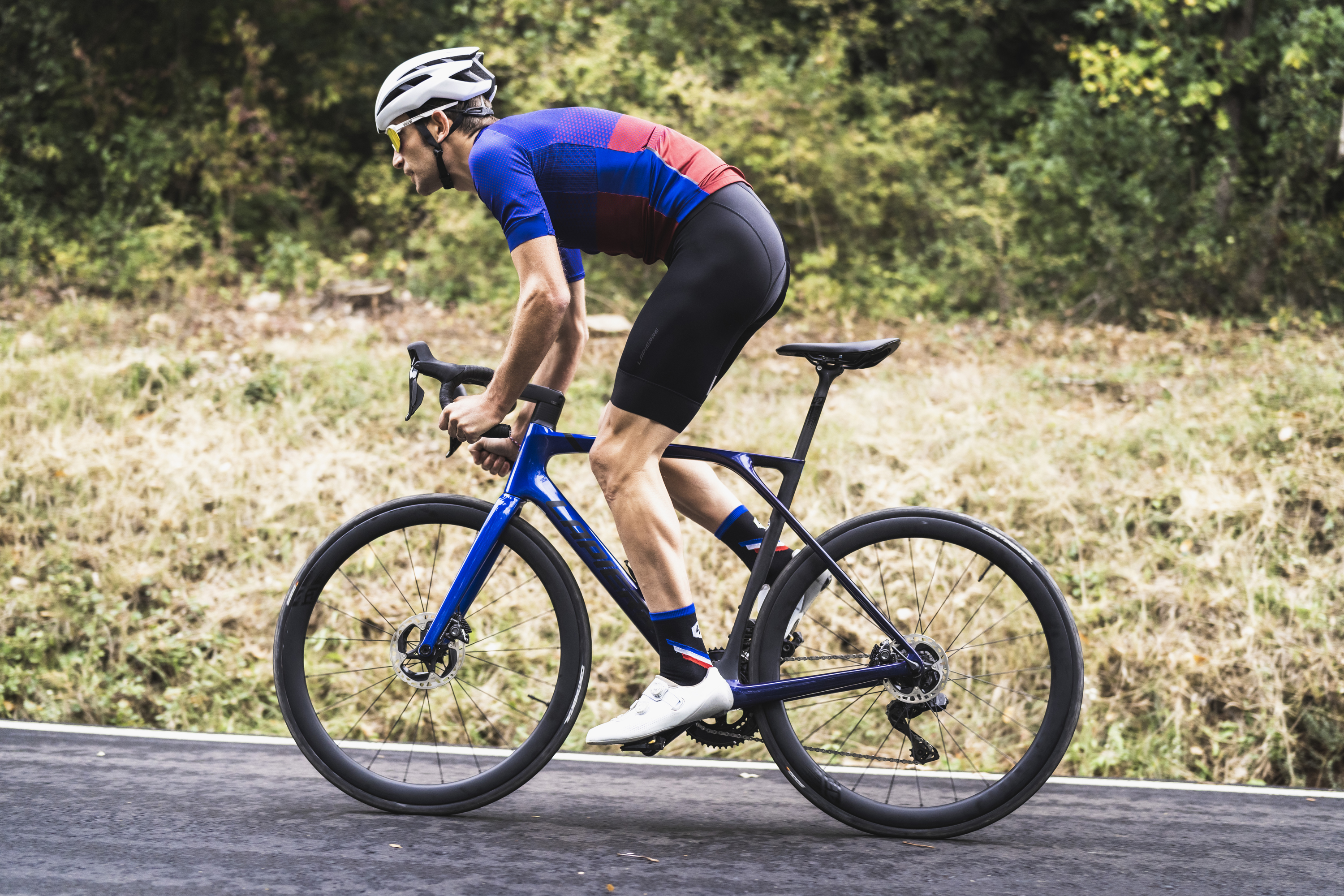
More aggressive geometry
The goal here is to improve aerodynamics and precision on fast descents. With the Xelius SL3, Lapierre wants a more streamlined and projected position at the front of the bike. When it comes to cornering the goal is to be more precise at higher speeds.
To accomplish these goals, the new Xelius SL3 geometry comes from the Aircode DRS aero specific bike. That means the big change is an 8-13mm longer reach paired with a 2-4mm shorter top tube depending on size. To make that change the SL3 uses a one-degree higher seat angle than the SL2 bringing the rider forward into a more aggressive position.
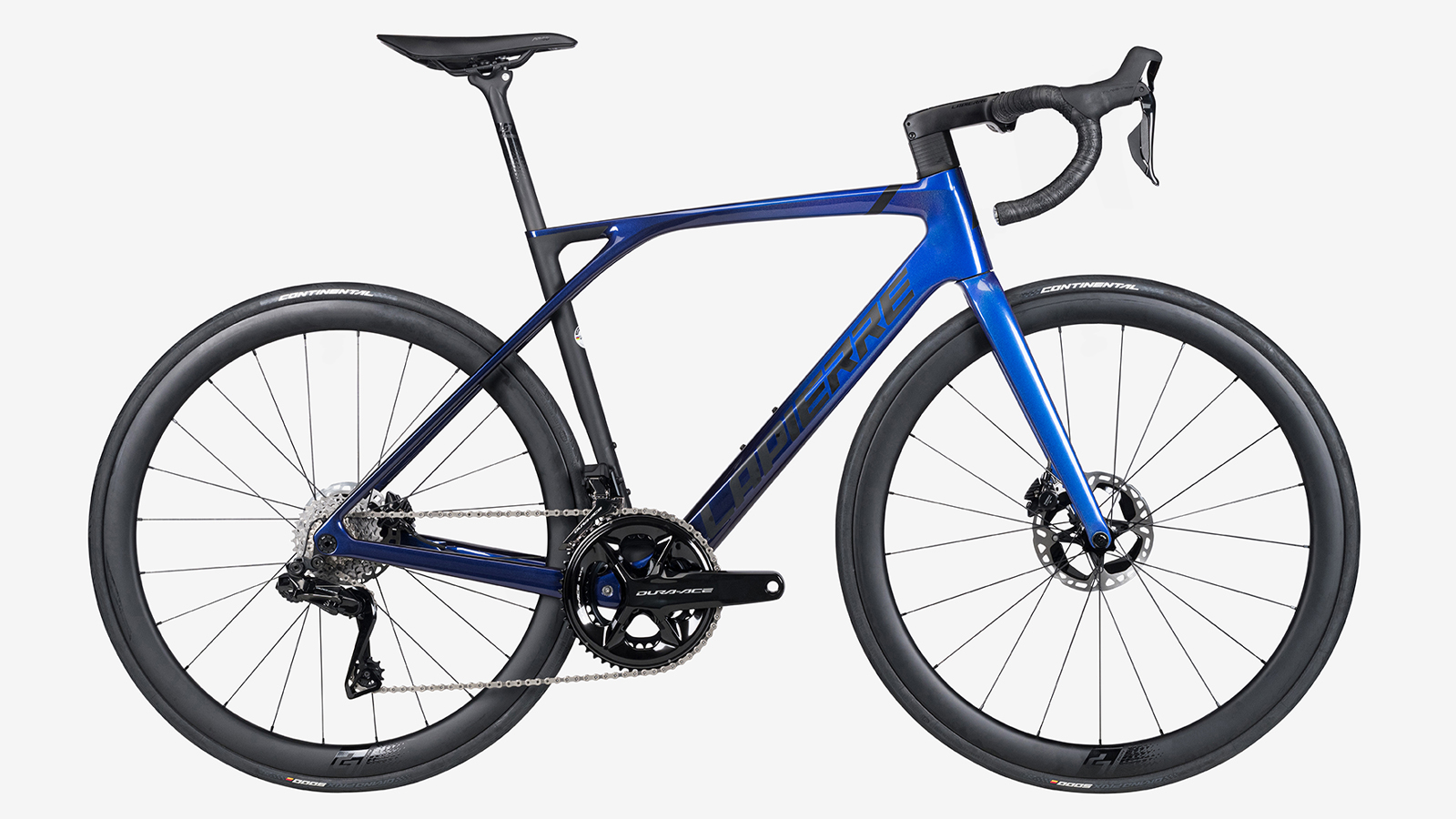
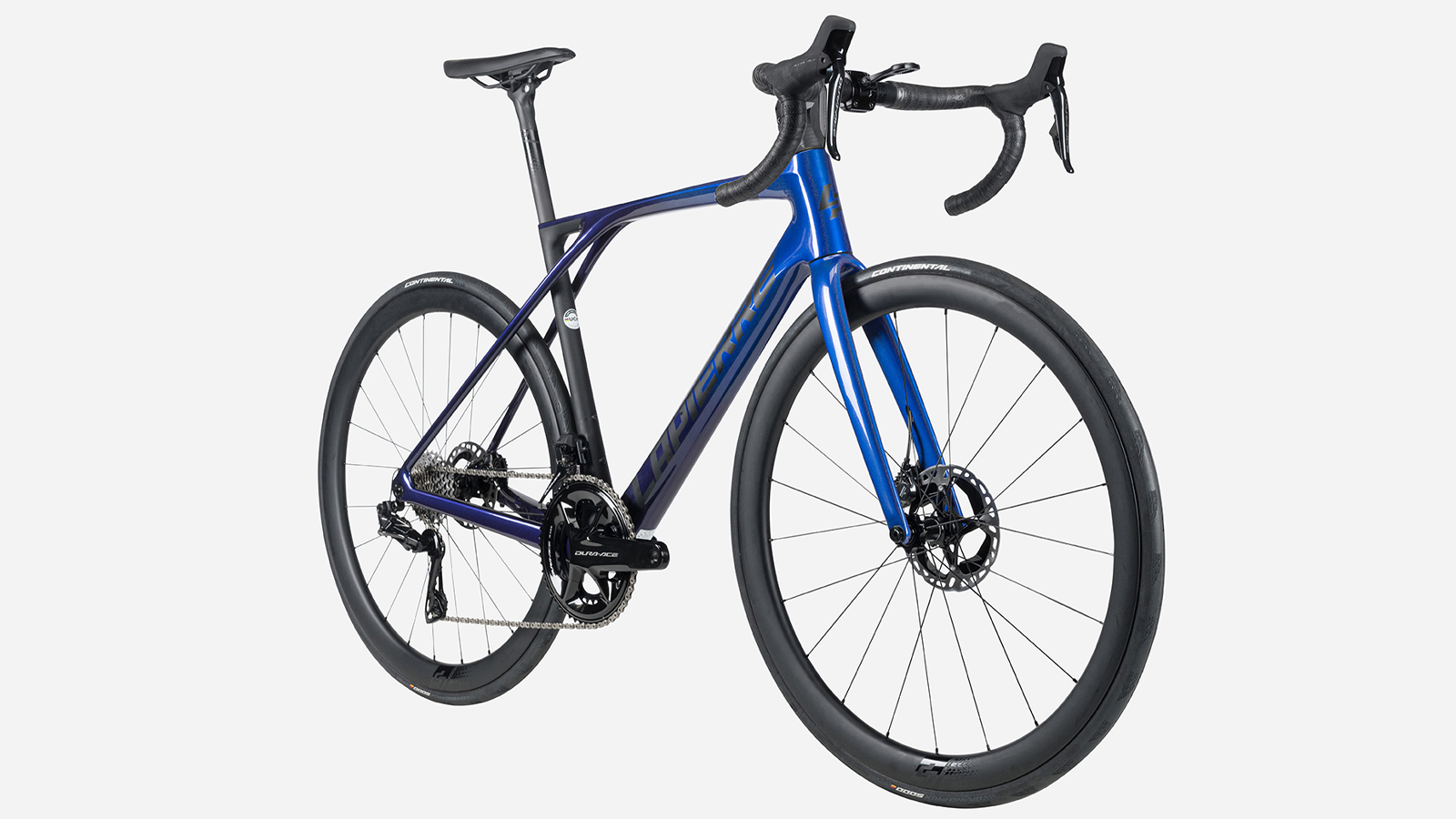
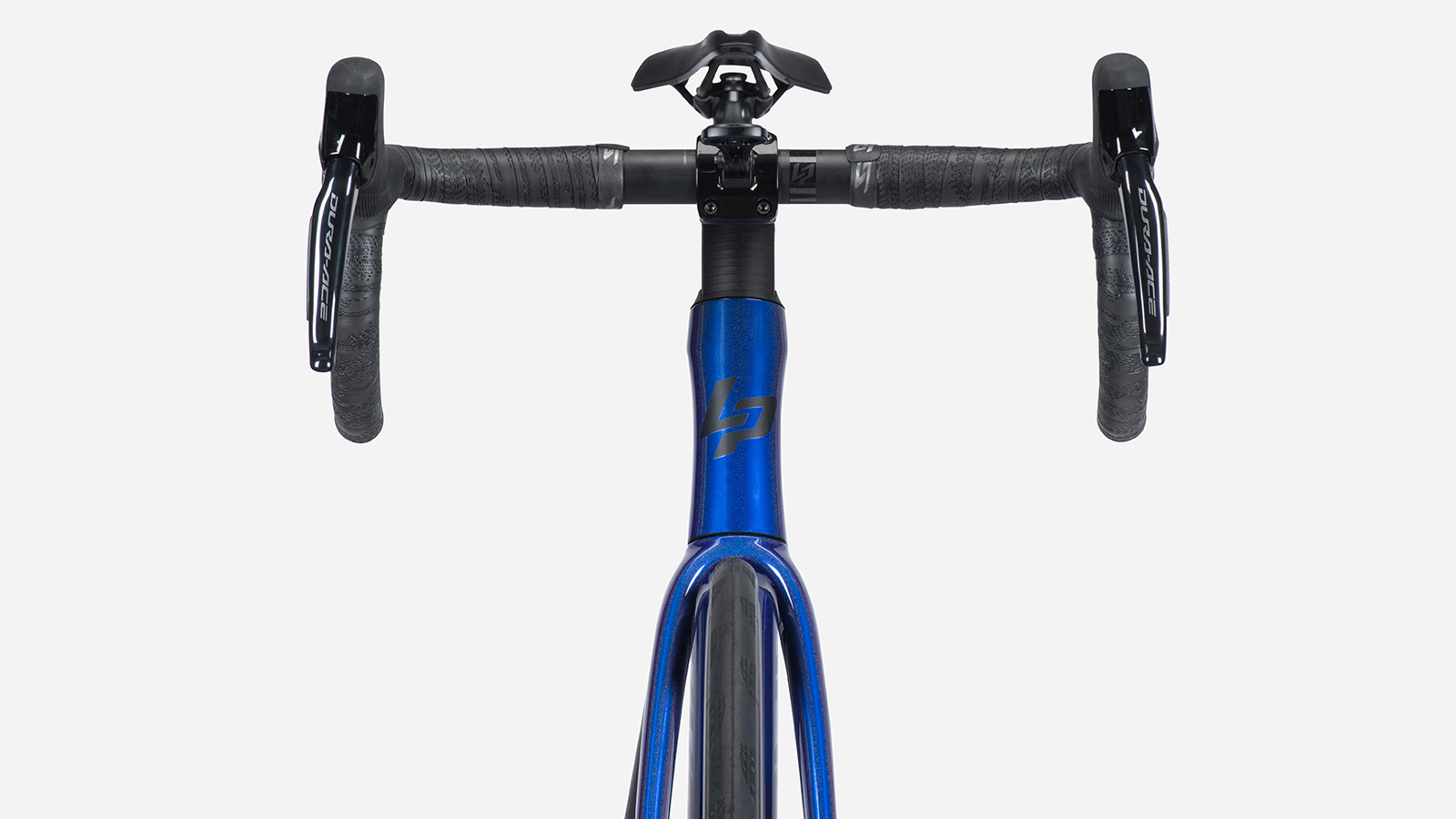
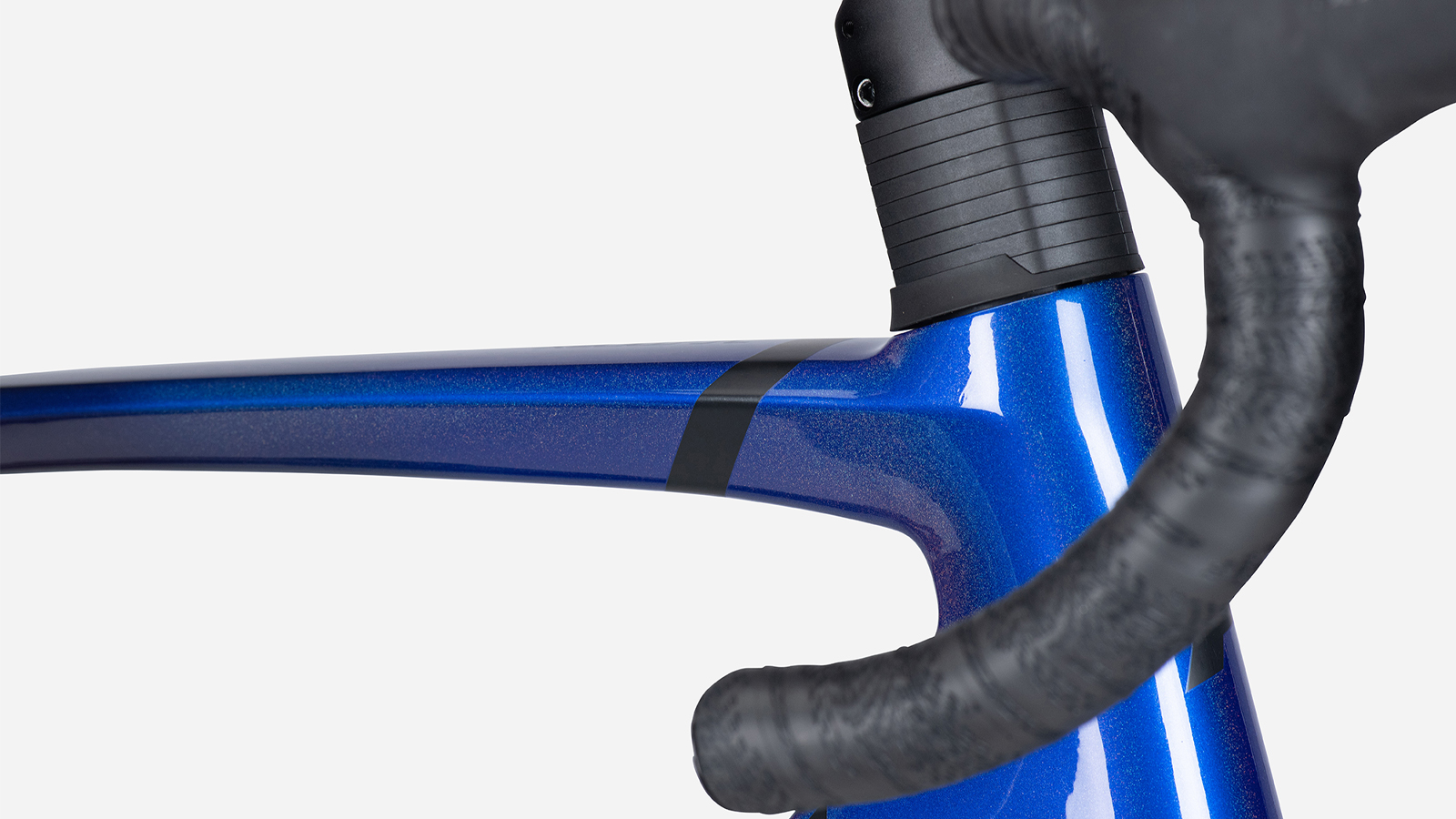
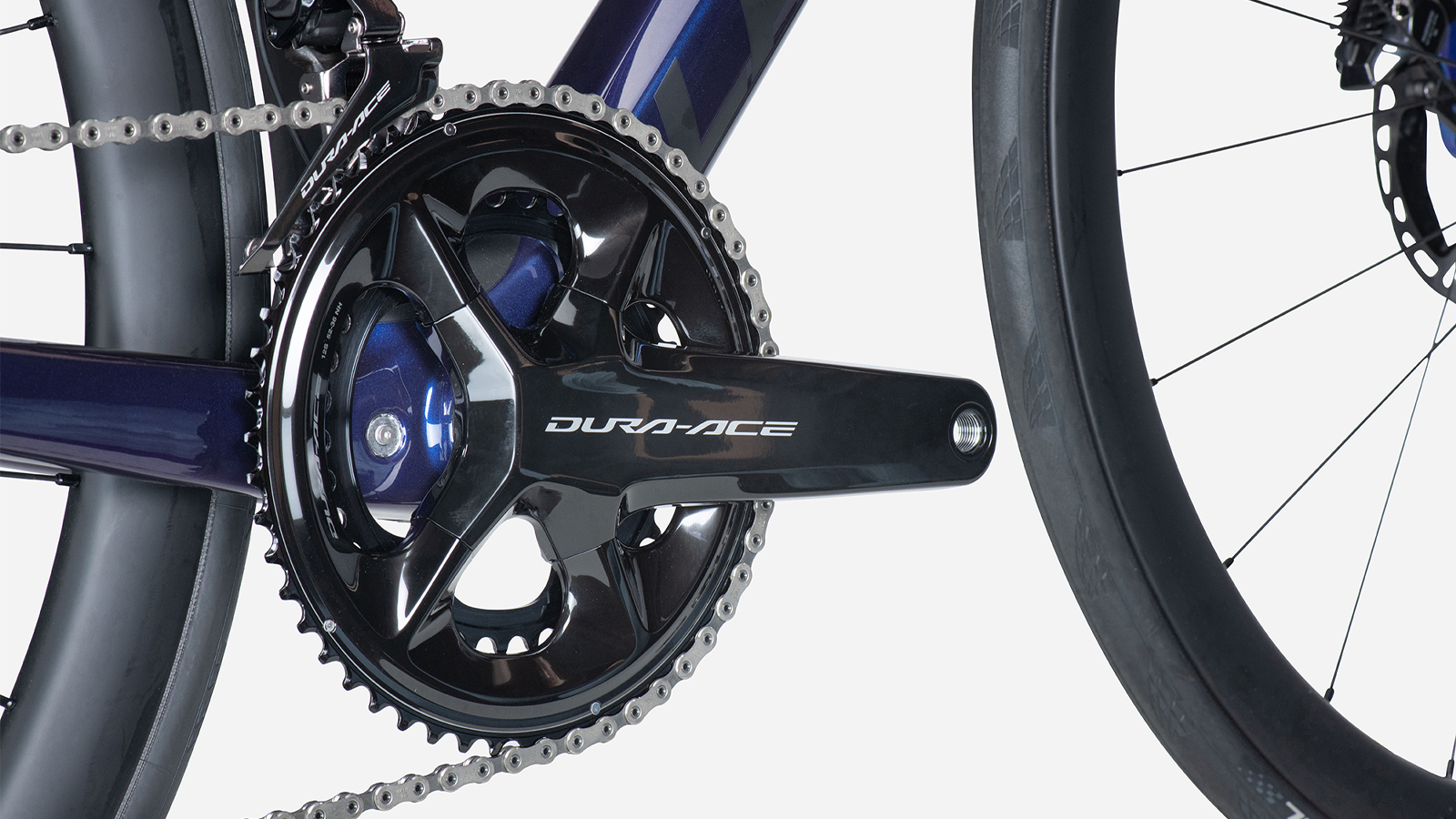
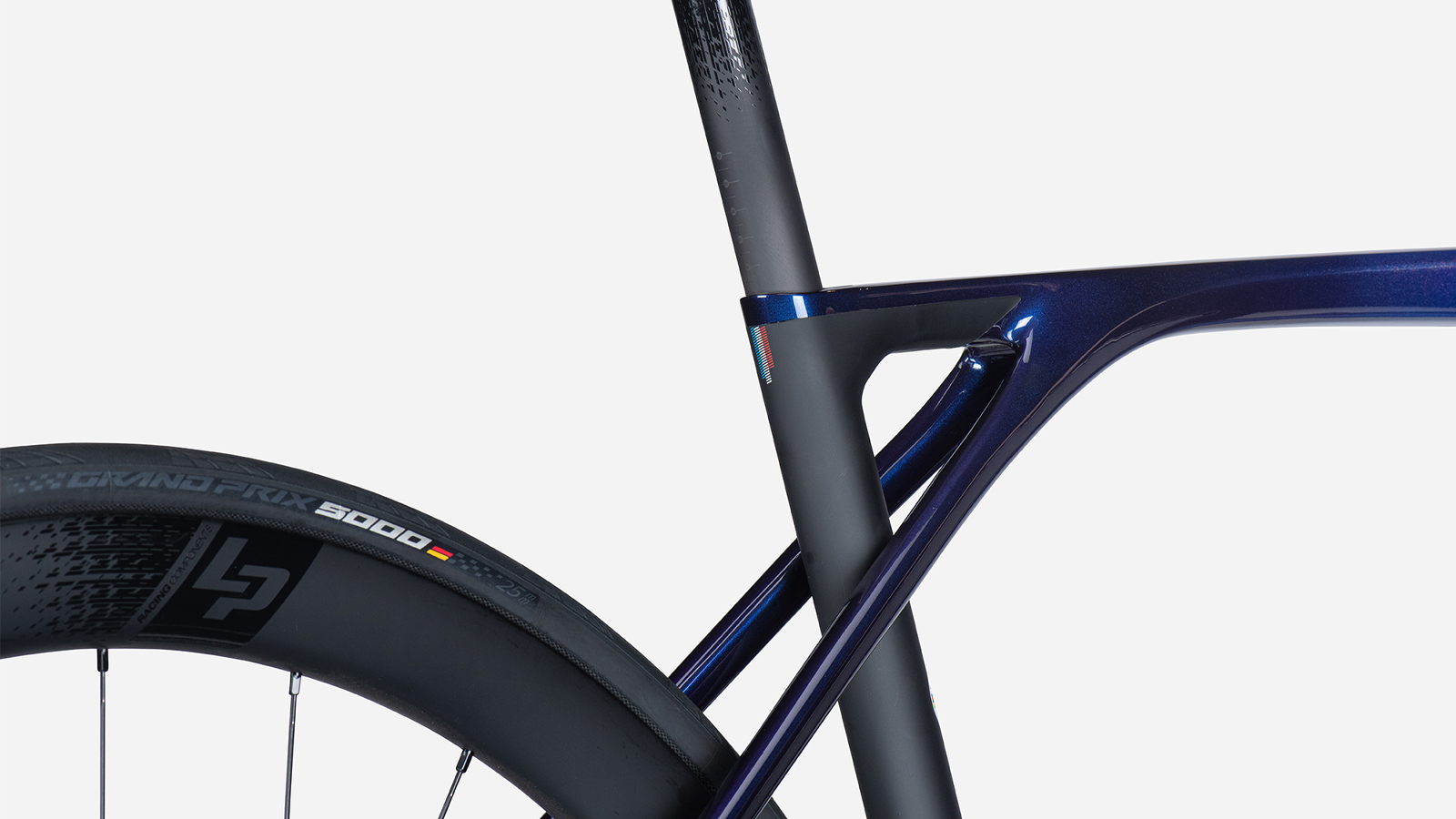
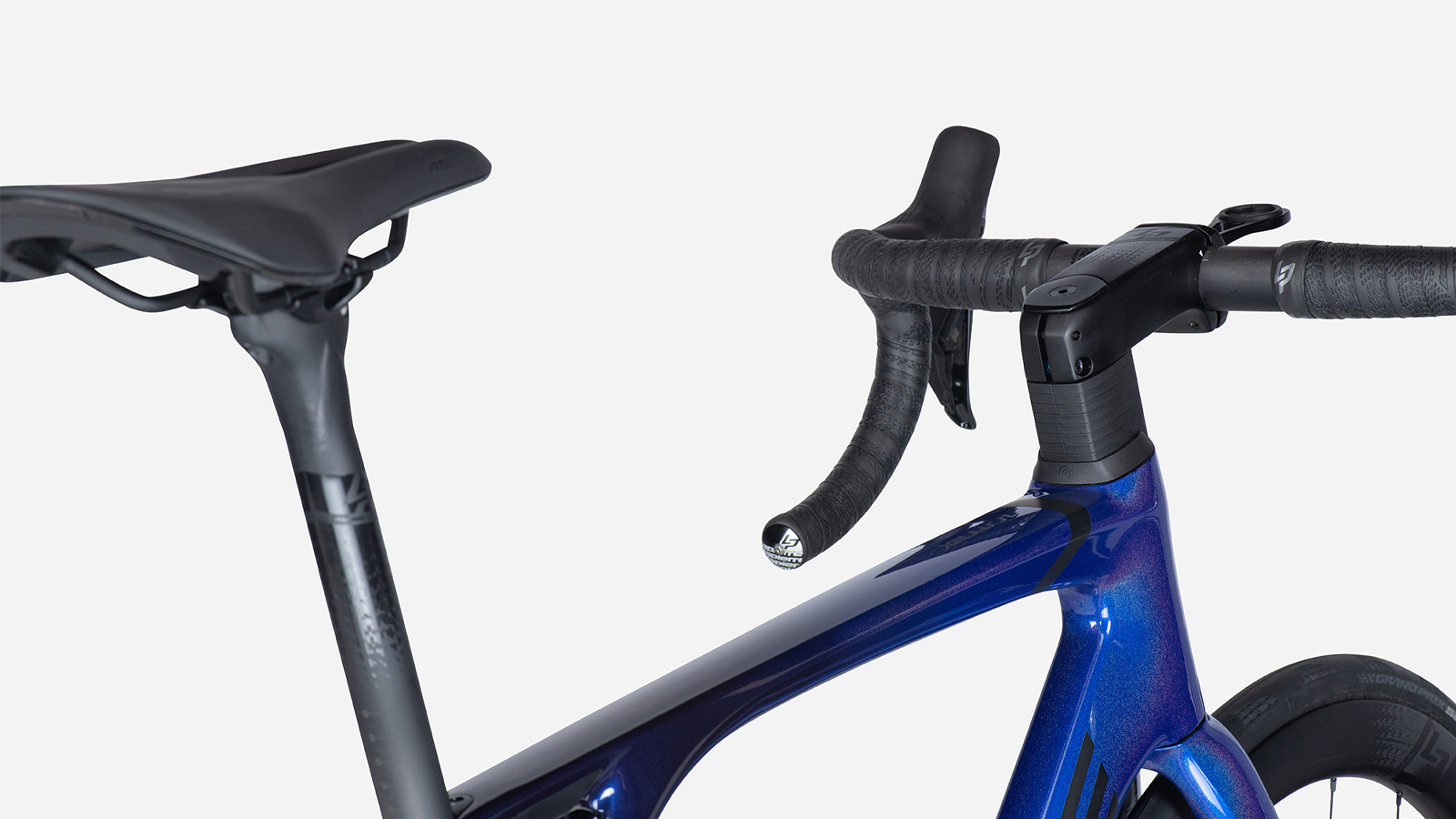
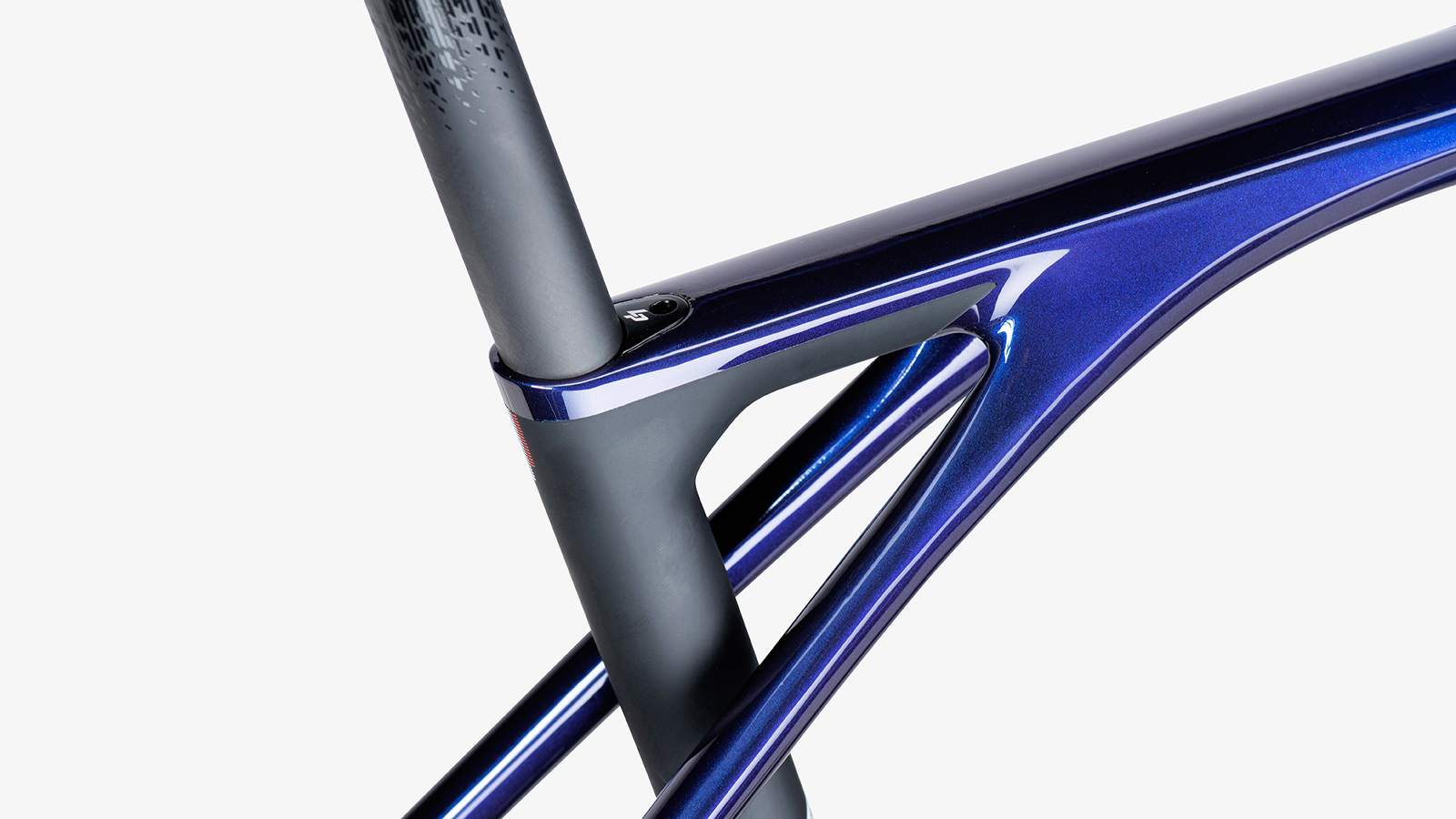
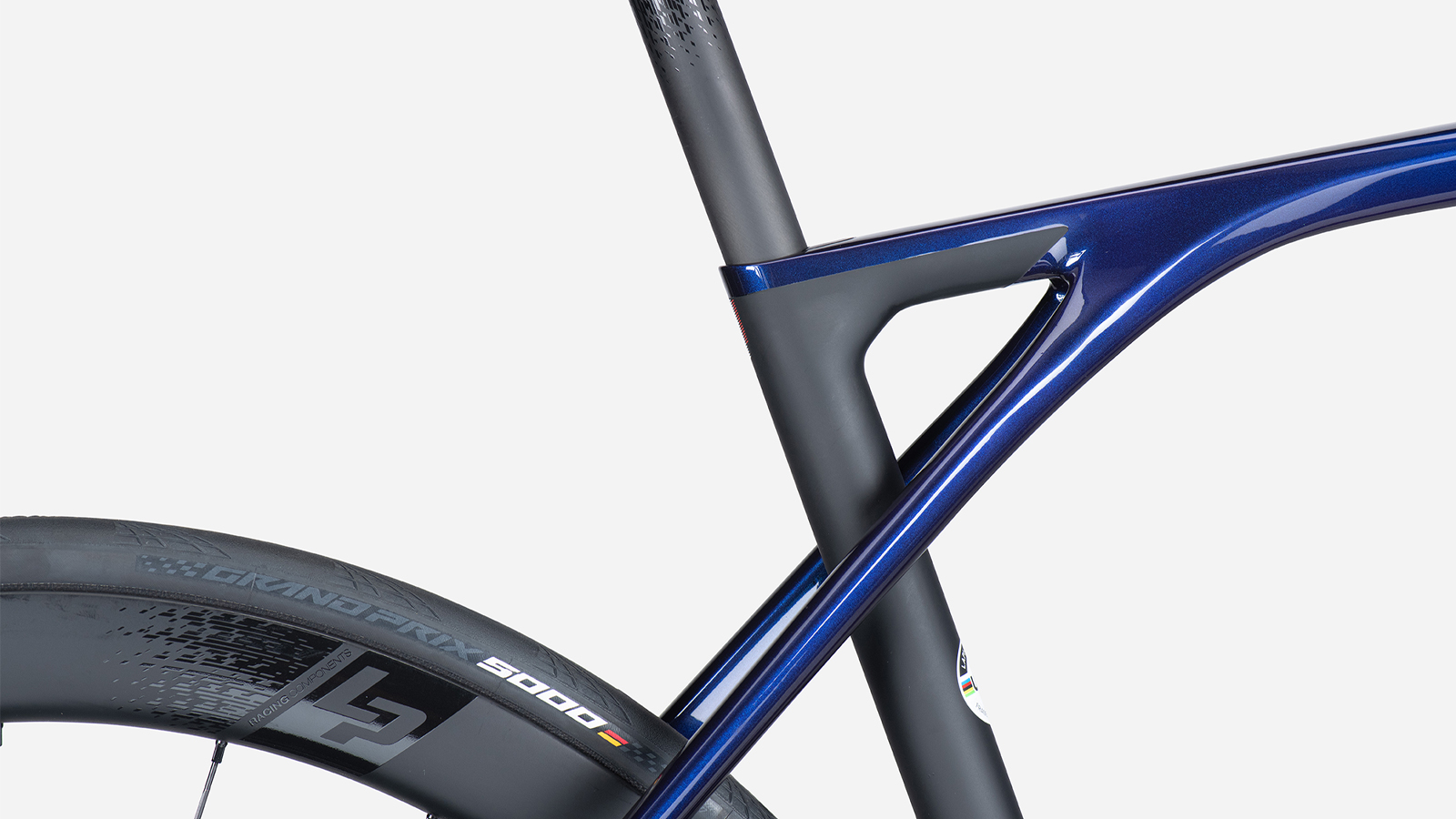
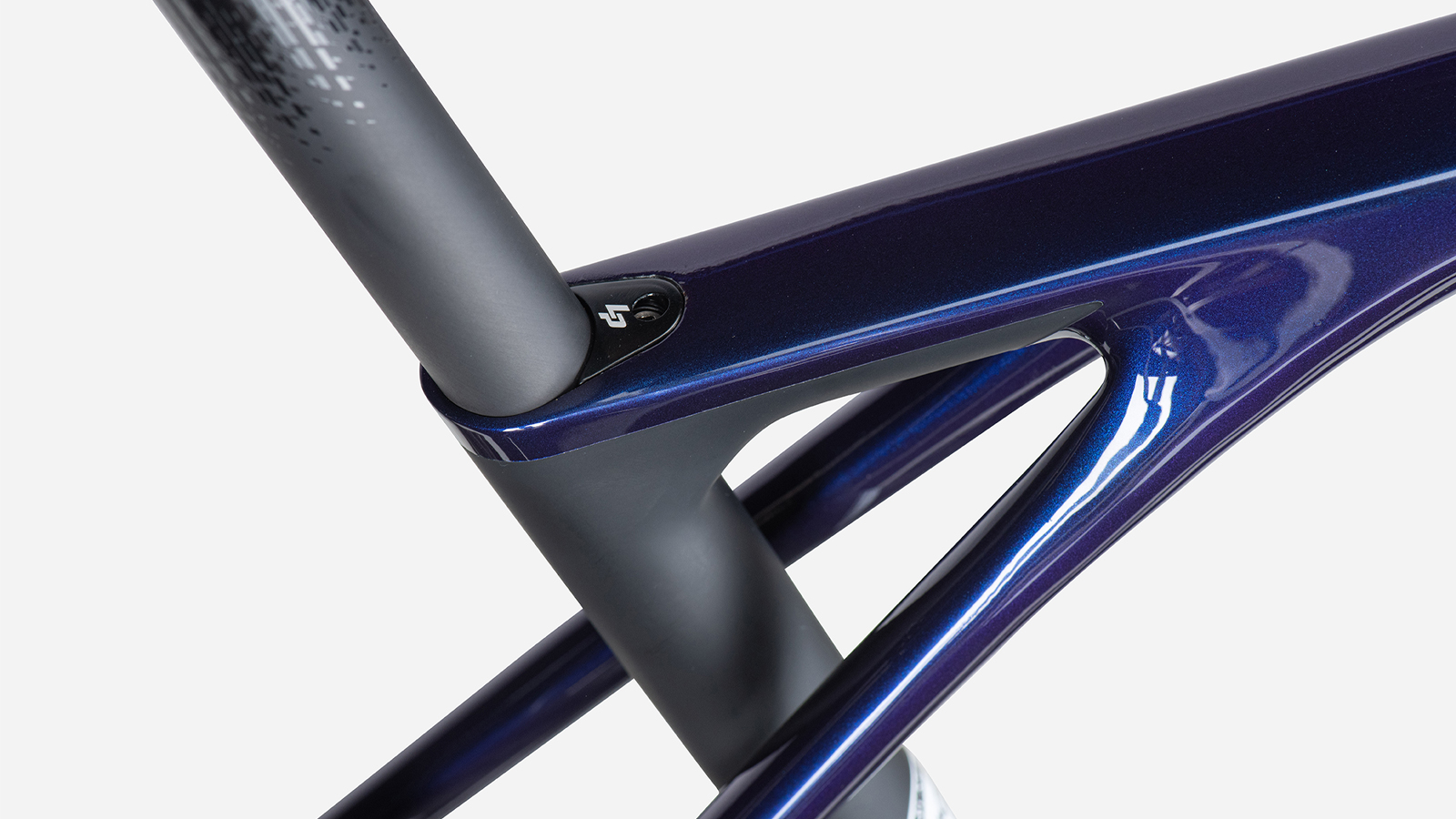
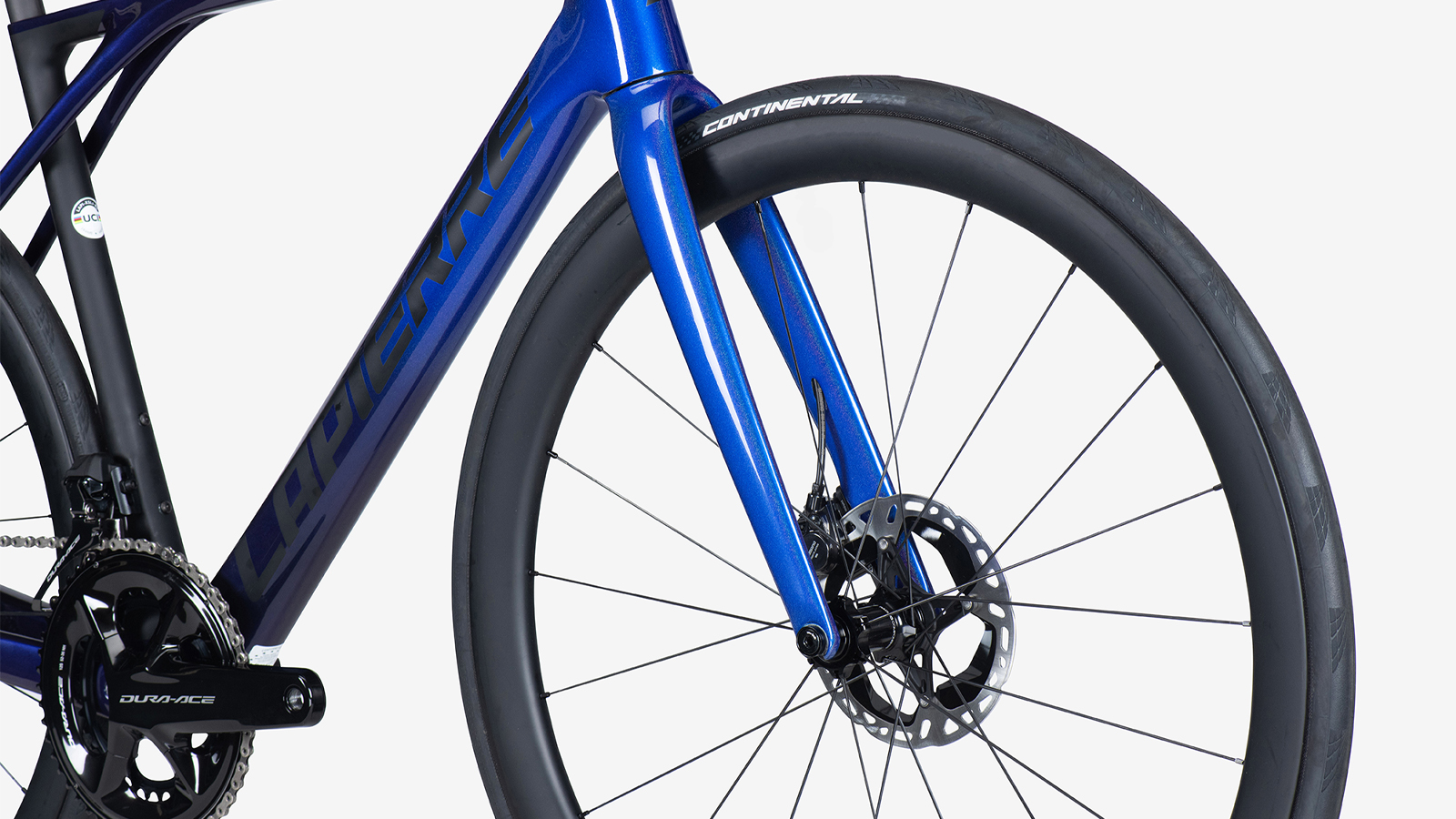
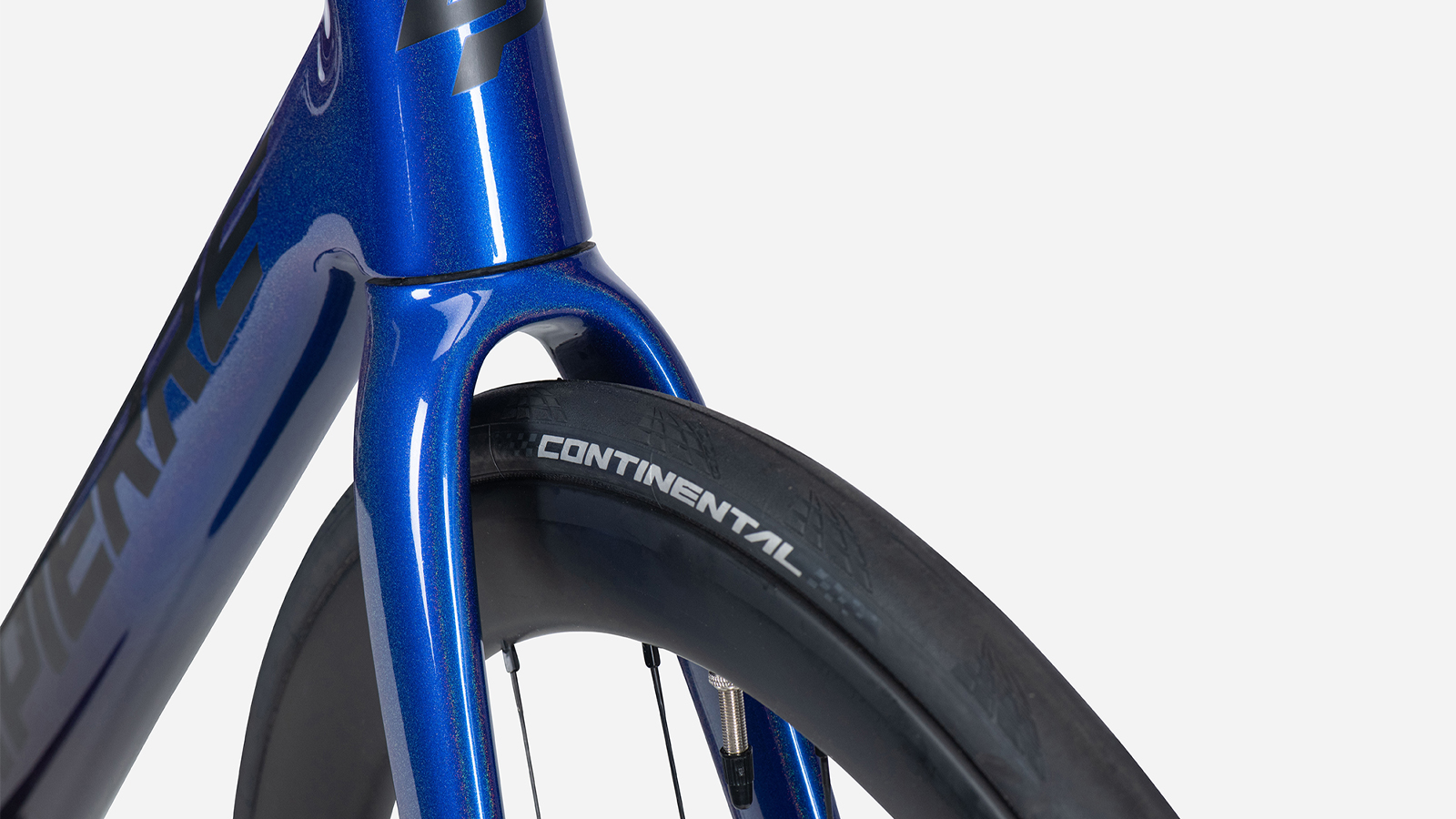
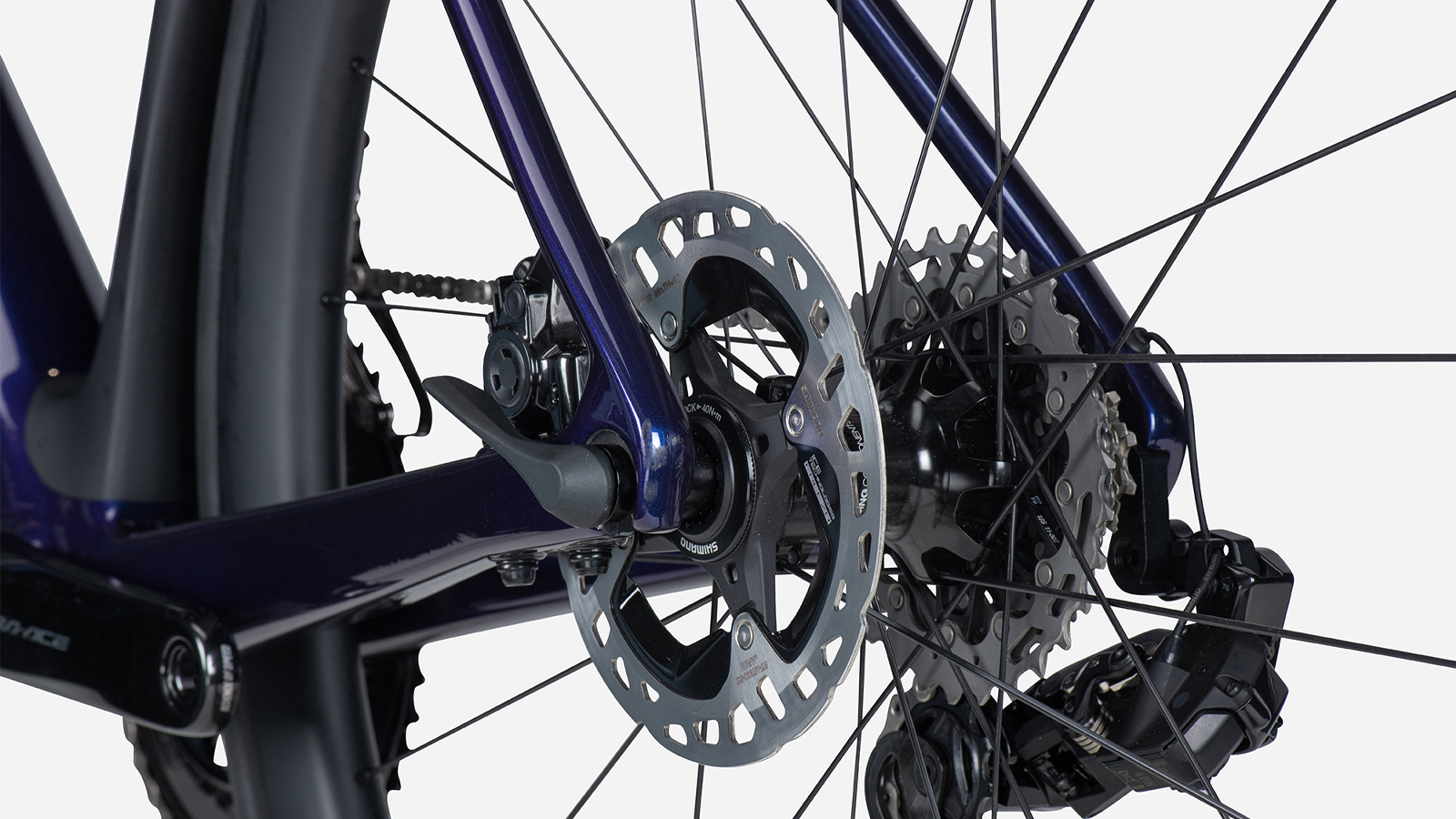
Lapierre Xelius SL3 models & pricing
- Xelius SL 5.0: £2,699.00 / €2,799.00
- Xelius SL 6.0: £3,199.00 / €3,299.00
- Xelius SL 7.0: £4,399.00 / €4,399.00
- Xelius SL 8.0: £5,399.00 / €5,399.00
- Xelius SL 9.0: £6,999.00 / €7,399.00
- Xelius SL FDJ Frameset: £2,799.00 / €3,299.00
Josh hails from the Pacific Northwest of the United States but would prefer riding through the desert than the rain. He will happily talk for hours about the minutiae of cycling tech but also has an understanding that most people just want things to work. He is a road cyclist at heart and doesn't care much if those roads are paved, dirt, or digital. Although he rarely races, if you ask him to ride from sunrise to sunset the answer will be yes. Height: 5'9" Weight: 140 lb. Rides: Salsa Warbird, Cannondale CAAD9, Enve Melee, Look 795 Blade RS, Priority Continuum Onyx
